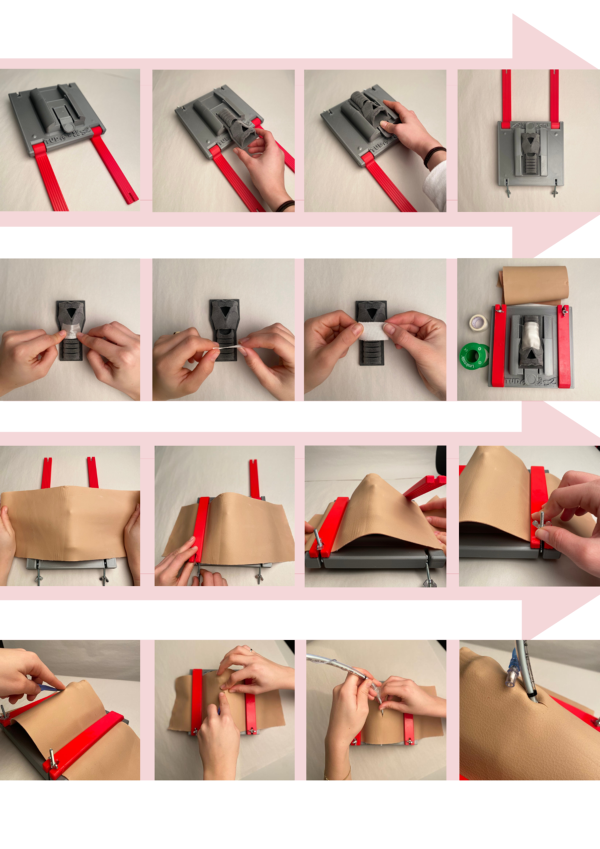In the event of a blockage of the upper airway, an acute intervention in which an opening is made in the trachea just below the larynx is the only solution. Due to the rarity of this condition, doctors have little experience with this life-saving procedure. This must change, thought doctors from the Reinier de Graaf Hospital and students from TU Delft. Together they developed a realistic and sustainable larynx model.
To date, doctors lack a good model to practice acute laryngeal surgery, or a coniotomy. It is crucial that doctors train for this because if the procedure is not performed properly it can cause permanent injury or even be fatal. For practice, doctors now often use pig larynxes from offal or 3D models that do not actually correspond well to the human larynx. There is therefore a great need for a more realistic, reusable and clean training model.
Choice of material
A group of students from the minor Biomedical Engineering enthusiastically took up this challenge. It was important that the training model not only looked realistic, but felt real. For example, the cartilage must be strong but also flexible and the skin must be flexible but tear-resistant. What material do you use for this? After a lot of research and together with Jan van Frankenhuyzen, research engineer in the Phantom Lab, the students first decided to 3D print prototypes from different materials. They then returned to the doctors.
After a number of rounds of feedback, the students finally arrived at a 3D-printed larynx made of synthetic rubber, specifically thermoplastic polyurethane. The tissue between the cartilage and the skin was ultimately simulated by layers of tape. And the skin layer is made of silicone with an elastic reinforcement. In addition, the students have developed a platform into which the larynx fits and the skin is stretched over it. This makes the model easy to reuse.

The step-by-step process of setting up the cardiotomy training model Img source: Reiner Research
Making a big impact
“It was great fun to supervise this project. The students were incredibly driven and after each round of feedback from the doctors they were keen to improve the model,” says Van Frankenhuyzen.
The doctors, Dick Kooper and Nanno Peek, are also enthusiastic. The Reinier de Graaf Hospital has already removed 8 artificial larynxes and used them, among other things, at a national workshop for ear, nose and throat doctors. “In order to make the larynxes available in the long term, we have now started a search for a manufacturer,” Frankenhuyzen says. A good example of a minor project with a major impact.
To access the whole article, click here. To read more about the project, click here.



